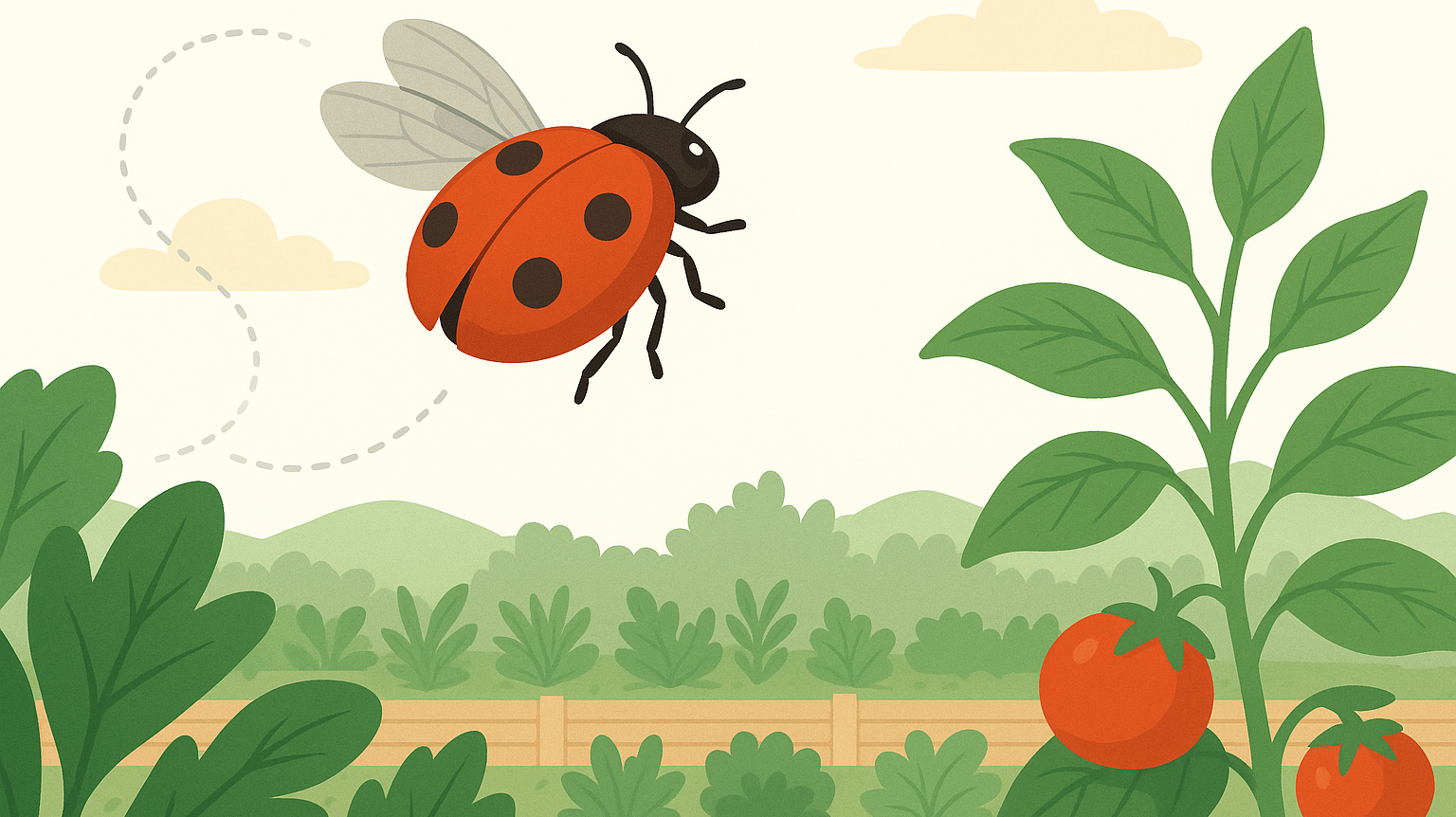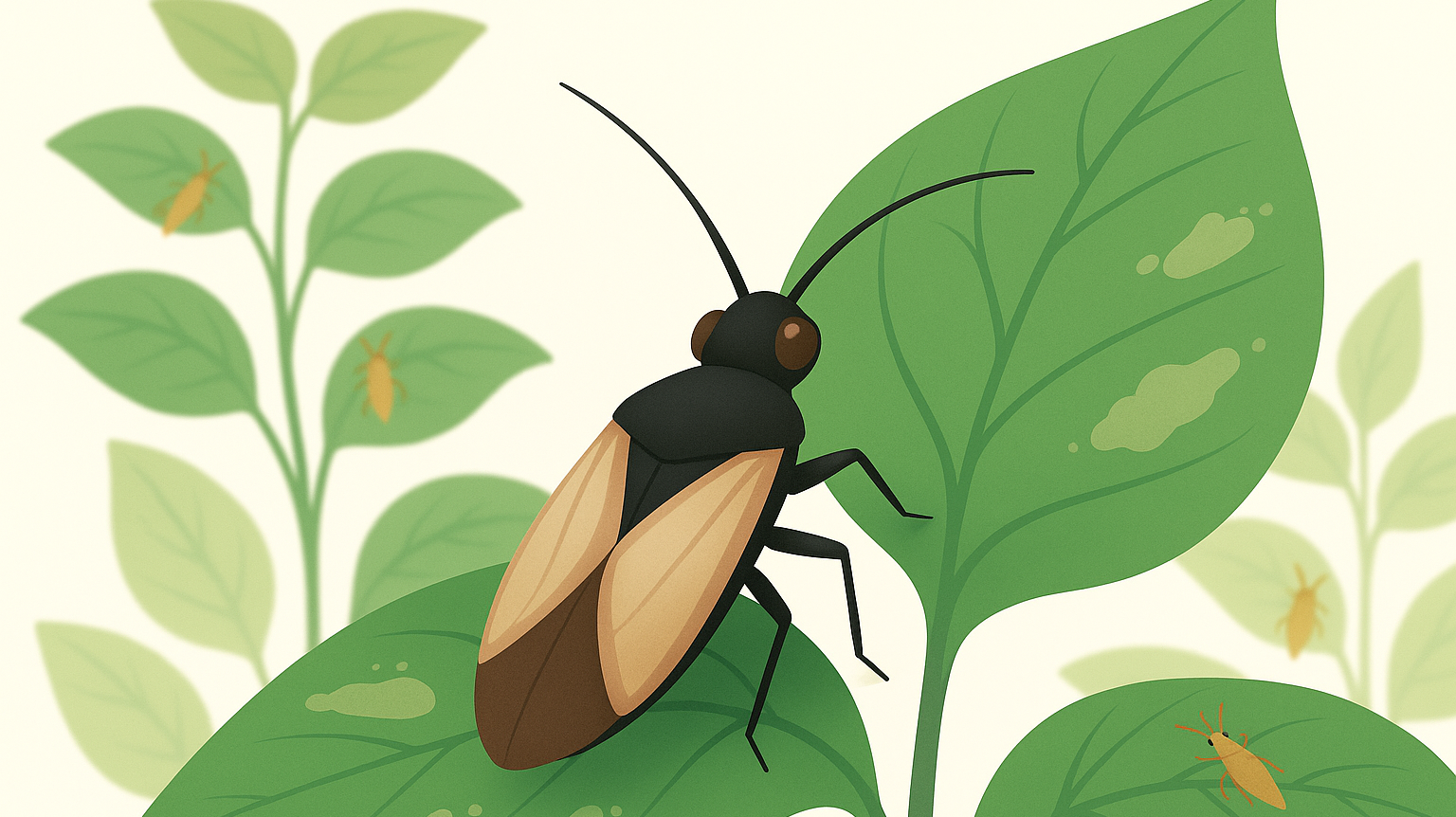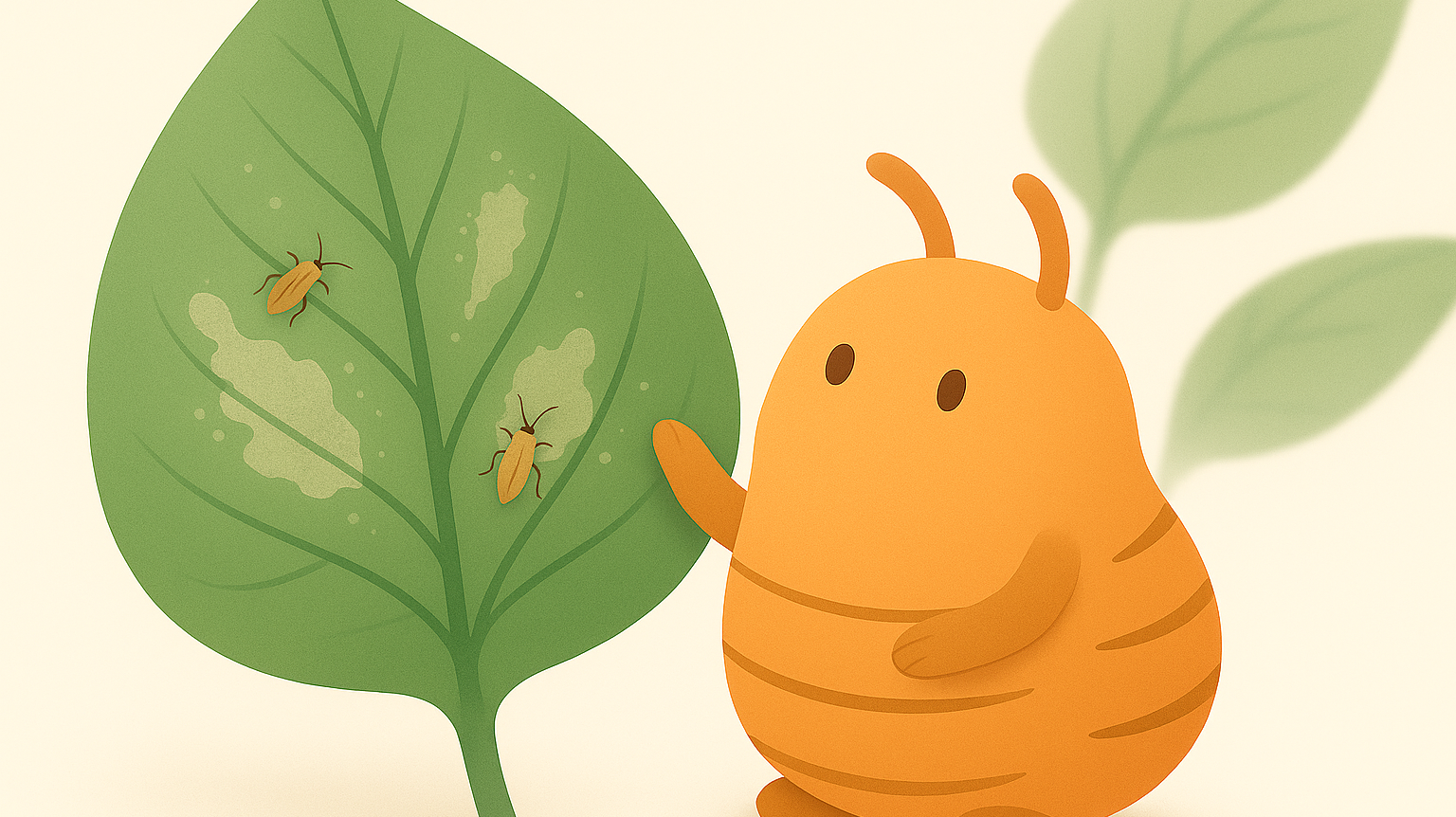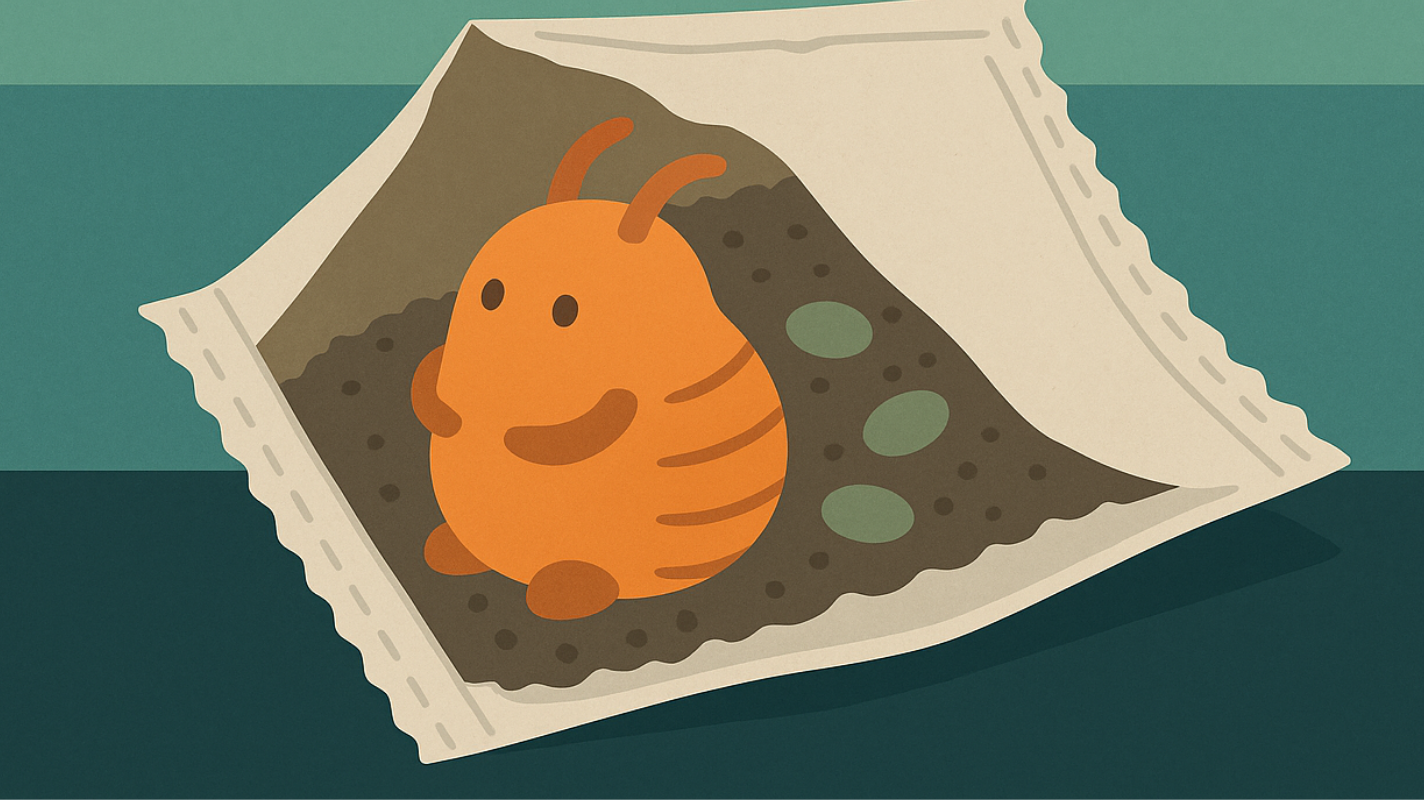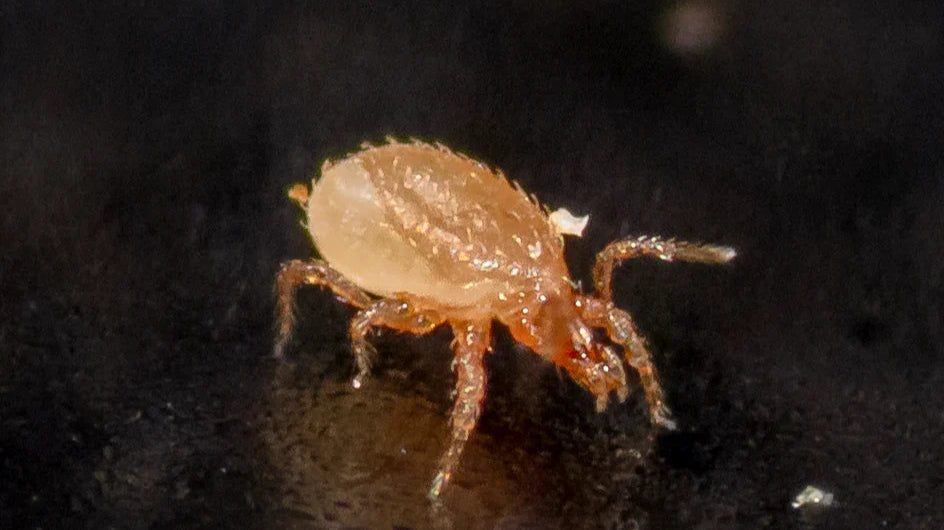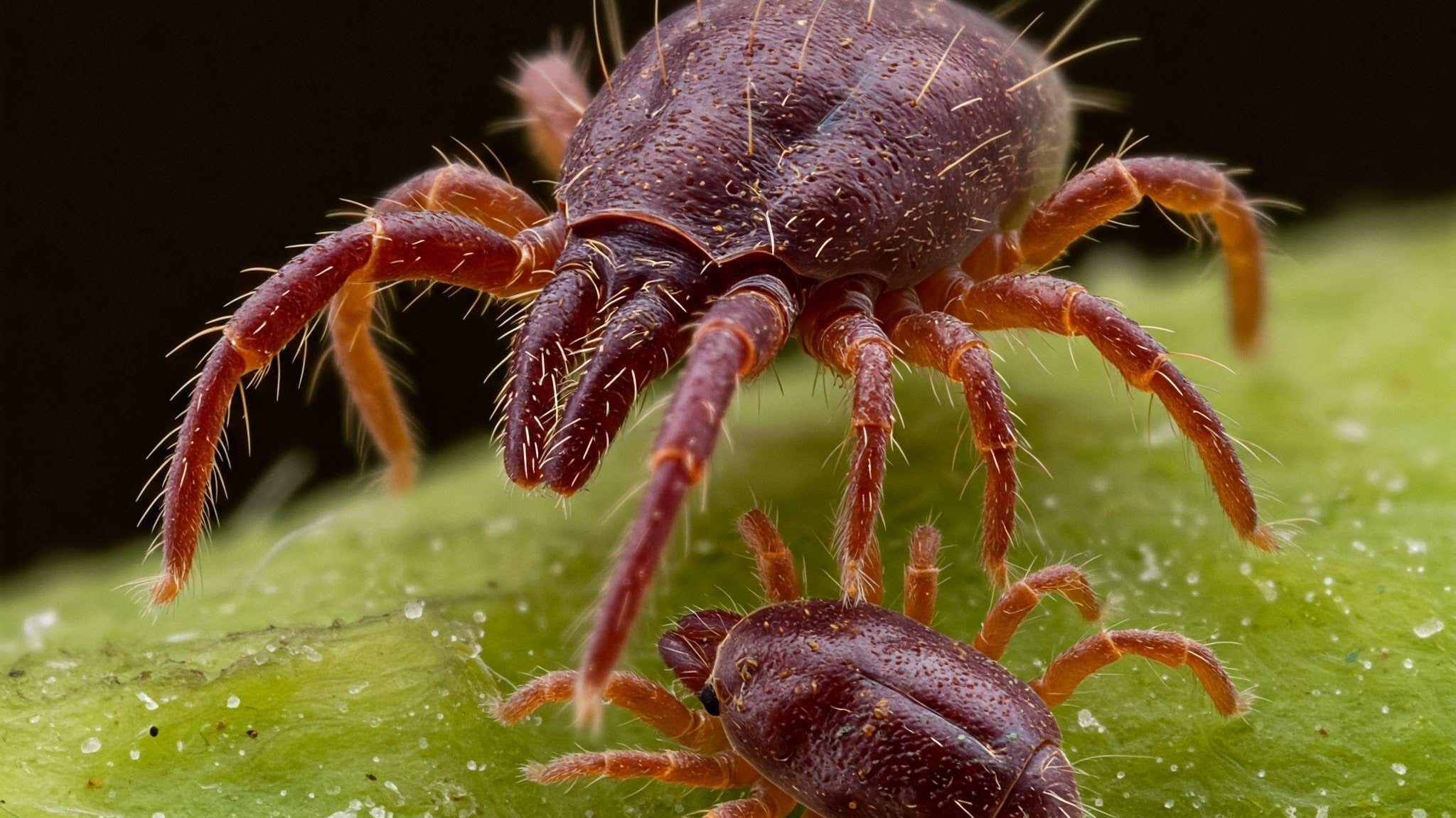Mite Matters
The Hidden Weather That Shapes Plant and Predator Life
Invisible weather shapes every growing space. Warm air pools under lights, cool air settles near the floor, and in between, tiny predators decide where they’ll thrive. Learn how microclimates influence the balance between plants, pests, and the mites that keep them in check.
If Ladybugs Are Just Going to Fly Away, Why Use Them?
Most ladybugs don’t fly off out of spite — they leave when the environment isn’t right. Learn how temperature, humidity, and shelter affect whether they settle or scatter, and how to create the ideal setup that keeps them working where you need them most.
Where Did My Predatory Mites Go?
Released predatory mites but can’t see them anymore? Don’t panic. Their invisibility is exactly what makes them effective. Learn why they vanish, how they hunt pests out of sight, and why reapplying keeps your plants protected.
Thrips Don’t Stand a Chance (If You Start Here)
Thrips are tiny, annoying, and almost impressively destructive. This article takes a closer look at Orius insidiosus—the predator that hunts adult thrips—and explains how to use it as part of a long-term control strategy.
How to Treat Thrips on Plants the Right Way
Thrips may be tiny, but their impact is anything but small. These slender insects scrape open plant cells and drain them dry, leaving silvery scars, curled leaves, and sometimes even viruses in their wake. Because their life cycle spans both leaf and soil, single treatments rarely work. Instead, managing thrips requires a layered approach: mechanical suppression, targeted sprays, and—most effectively—beneficial predators that disrupt every stage of their development.
The Hidden Toll of Thrips on Plant Health
How Predatory Mites Use Chemical Signals
Predatory mites don’t just hunt—they communicate. Plants call for backup with chemical signals, predators leave scent trails, and entire ecosystems shift in response. These invisible conversations shape how pests are controlled, long before you see results on the leaves.
What’s Really Inside a Predatory Mite Sachet?
Optimizing Pest Management in Cannabis Flowering Using Predatory Mites
How to Treat Snake Mites Naturally with Predatory Mites
The Beginner's Guide to Predatory Mites
Predatory mites are the unsung heroes of plant care, working behind the scenes to protect your plants from destructive pests. Unlike chemical treatments, they offer a natural, self-sustaining solution that requires minimal effort on your part. Whether you’re preventing an infestation or fighting off an active one, these microscopic allies get the job done efficiently and effectively.


